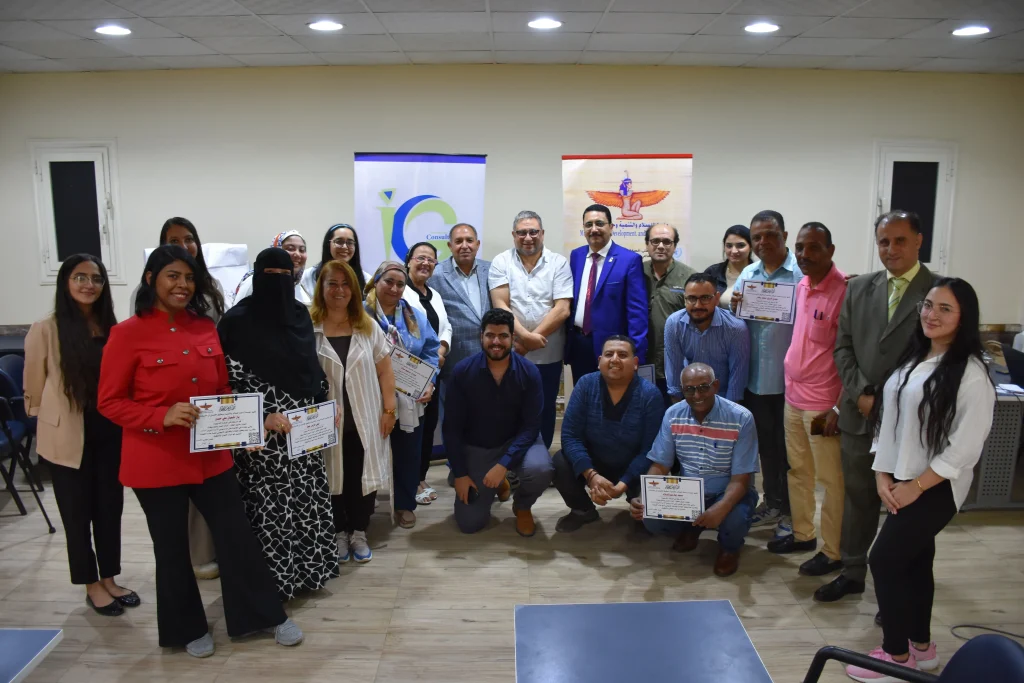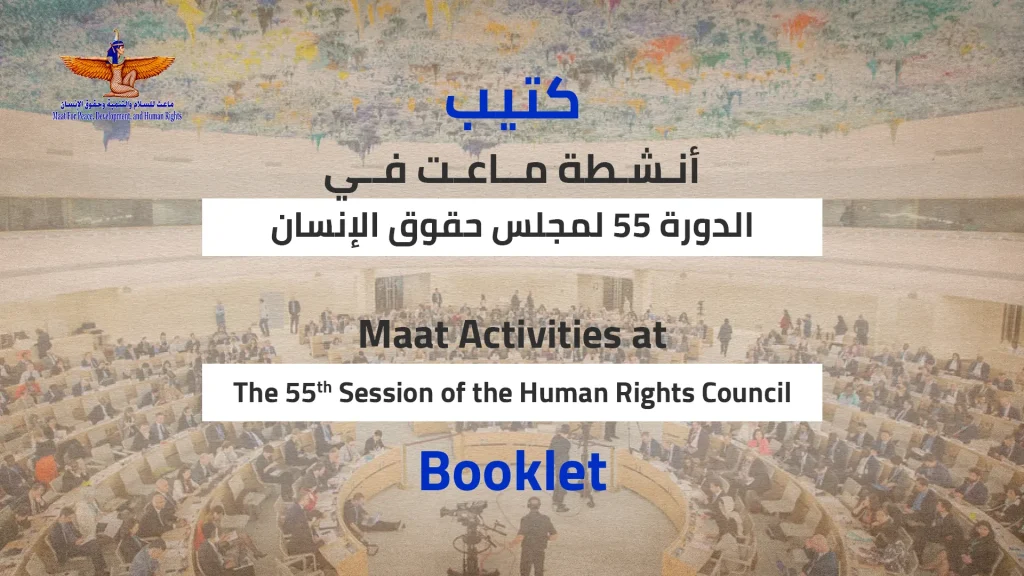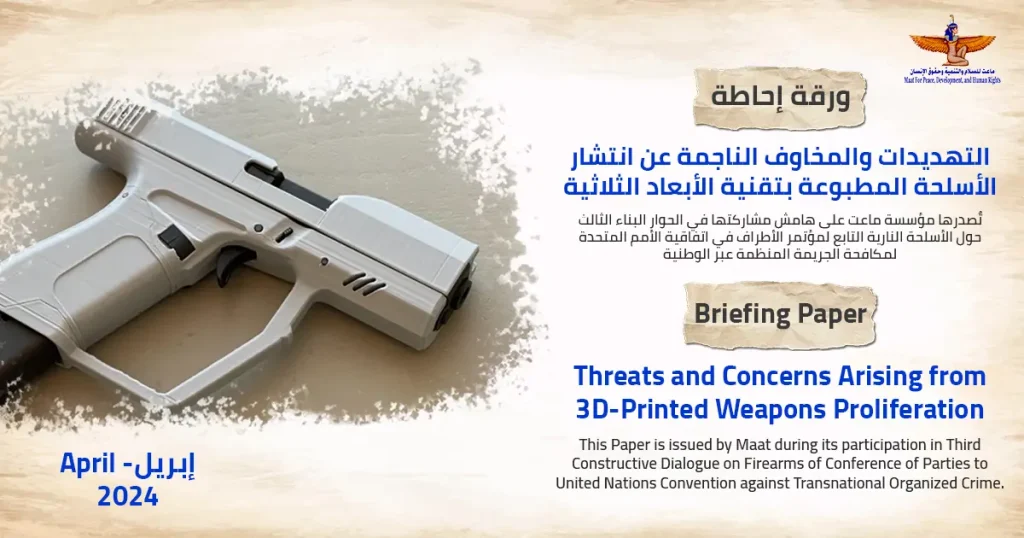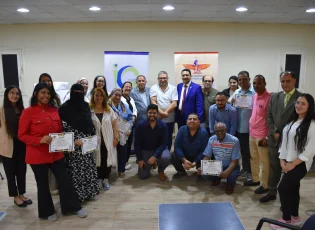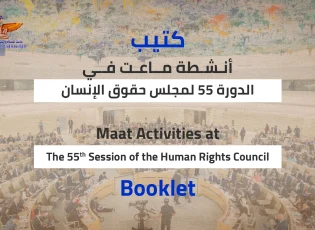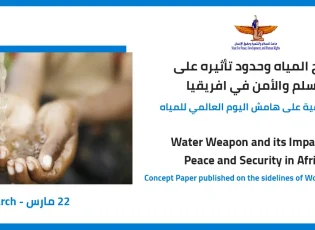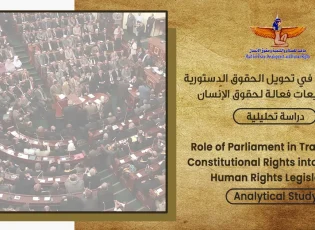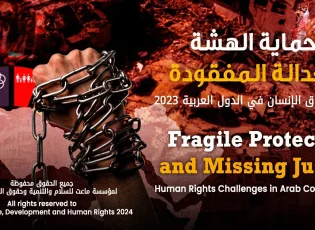Introduction:
Incendiary weapons have far-reaching implications for public health, infrastructure, civilians, and the military. Their impact can extend over large areas of targeted territories, making them among the most inhumane weapons used in wars and armed conflicts. Protocol III to the Convention on Conventional Weapons defines incendiary weapons as those designed to set fire to objects or cause burns to individuals through flame, heat, or a combination of both. The use of these weapons leads to severe burns, respiratory damage, and scarring on civilians' bodies. The absence of specialized medical care in conflict areas exacerbates the consequences. Additionally, the use of incendiary weapons can cause profound psychological trauma, and destroy homes, infrastructure, and crops, resulting in long-term social and economic damage and ongoing suffering.
Consequently, the use of incendiary weapons, including white phosphorus, in conflict zones such as Afghanistan, the Gaza Strip, and Syria has raised serious concerns among numerous States parties to the Convention on Conventional Weapons. These concerns primarily revolve around the severe humanitarian impact of incendiary weapons and those with chemical effects. Consequently, many countries have called for the strengthening of Protocol III of the Convention on Conventional Weapons, which is the only international instrument dedicated to regulating incendiary weapons. The current climate presents an opportune time for meaningful discussions within the Convention on Conventional Weapons to address the implementation of Protocol III and consider measures to enhance its universality. The High Contracting Parties to the Convention on Conventional Weapons bear the responsibility of taking necessary actions. Given the devastating effects of incendiary weapons, it is imperative to strengthen international law about these weapons, particularly by adopting an effects-based definition of incendiary weapons in Protocol III that covers multi-purpose munitions.
In light of the repeated use of incendiary weapons, including white phosphorus, by the Israeli occupation forces in recent conflicts in Lebanon and the Gaza Strip, Maat for Peace, Development, and Human Rights aims to shed light on this issue through its #Let's_Keep_Weapons_Safe campaign. This paper seeks to clarify the nature of incendiary weapons, their legality in armed conflicts, and the humanitarian impact of their use.

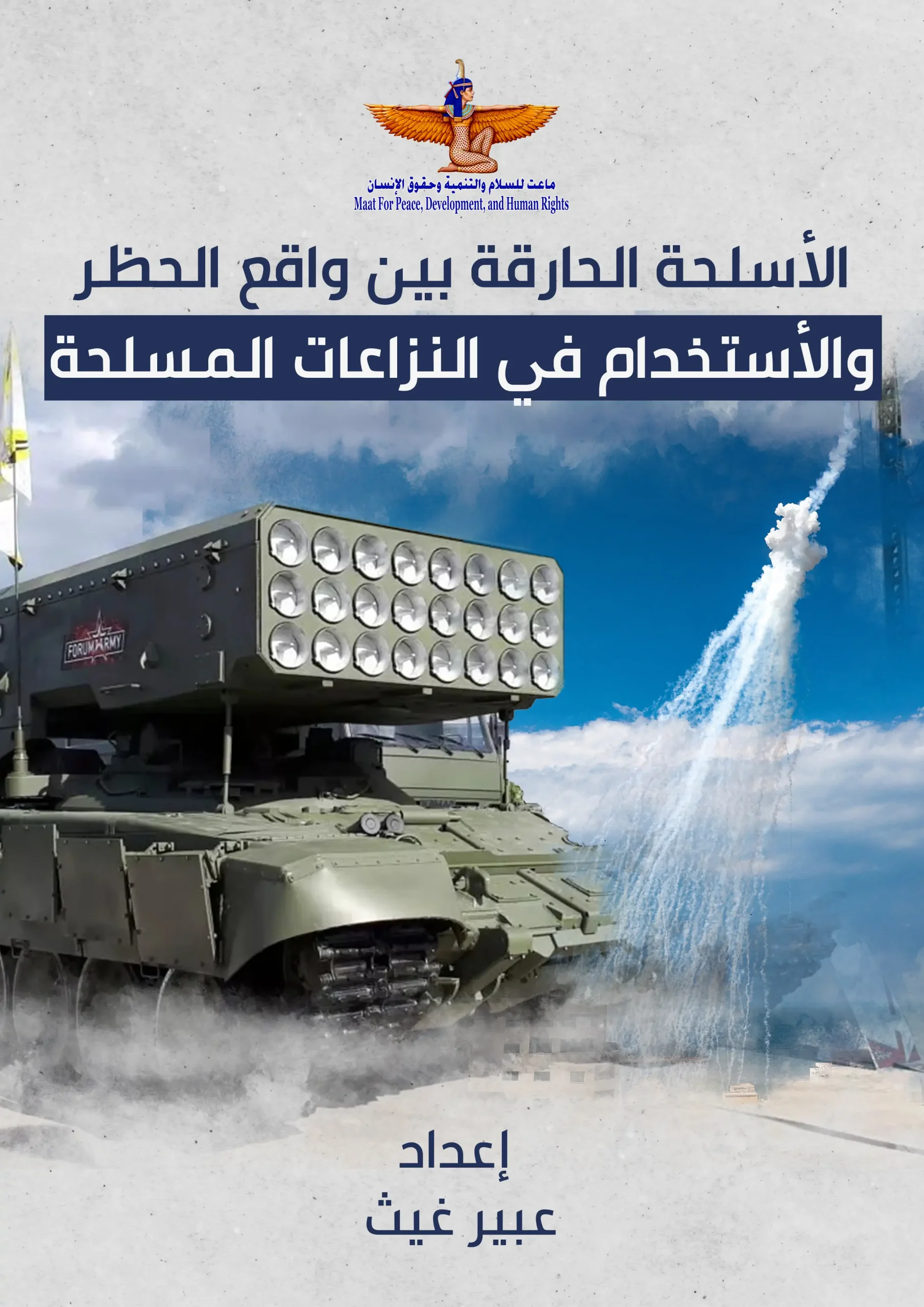 |
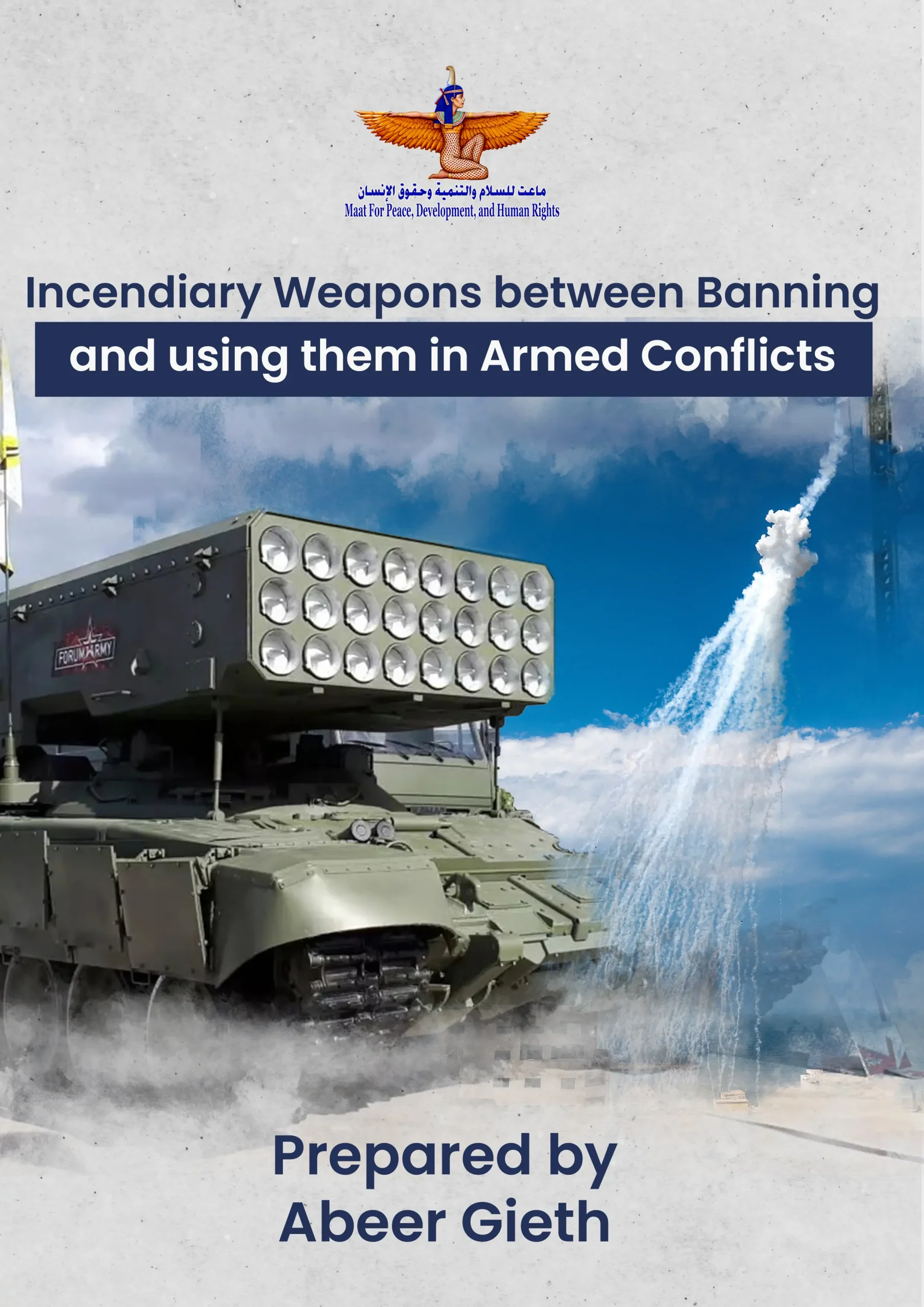 |



